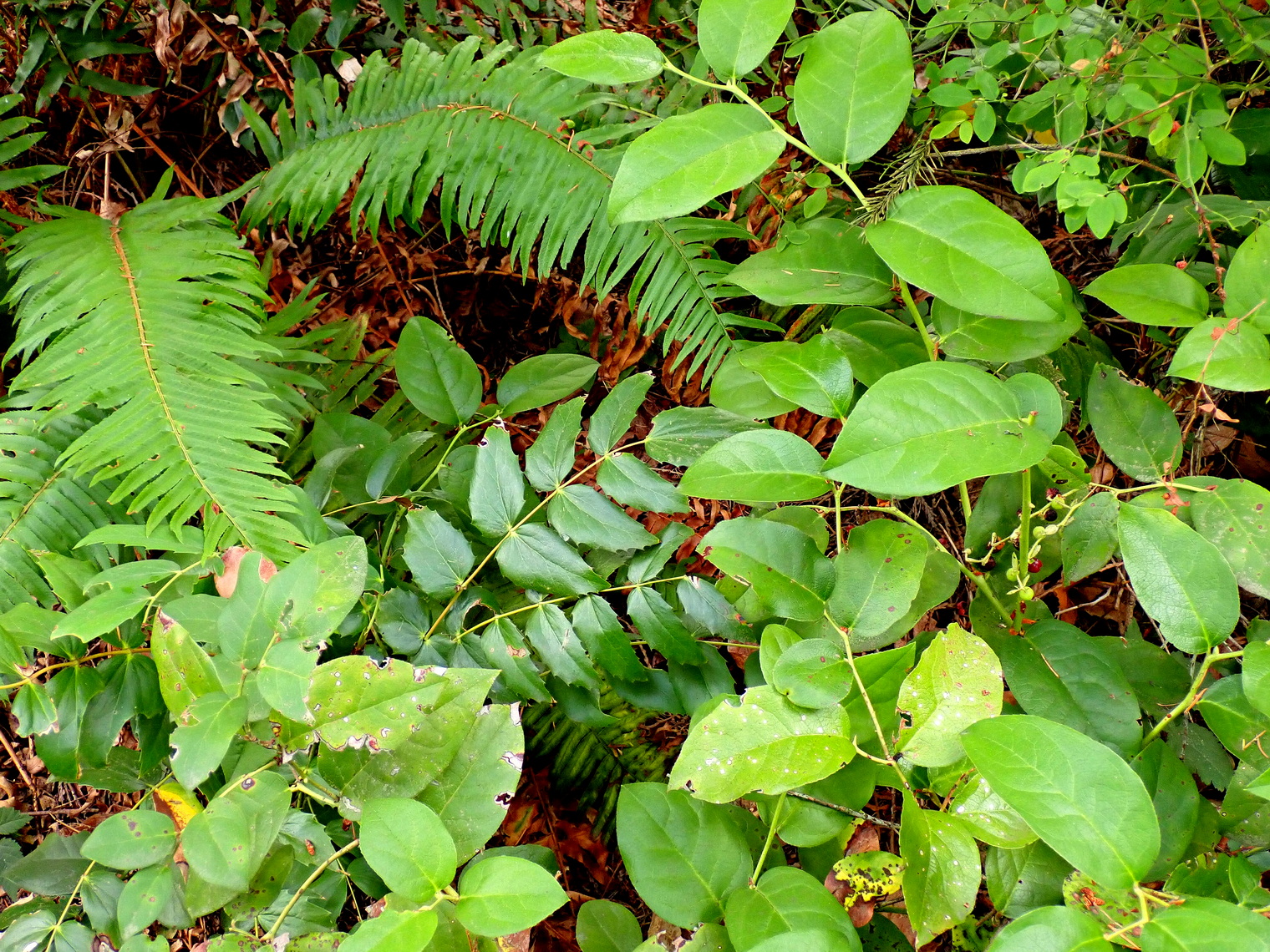Category: Native Plants
-

Red Elderberry – Sambucus Racemosa
The eighteen photos in this post show the growth of the Red Elderberry shrub from the buds of winter through the ripe fruit of early summer.
-
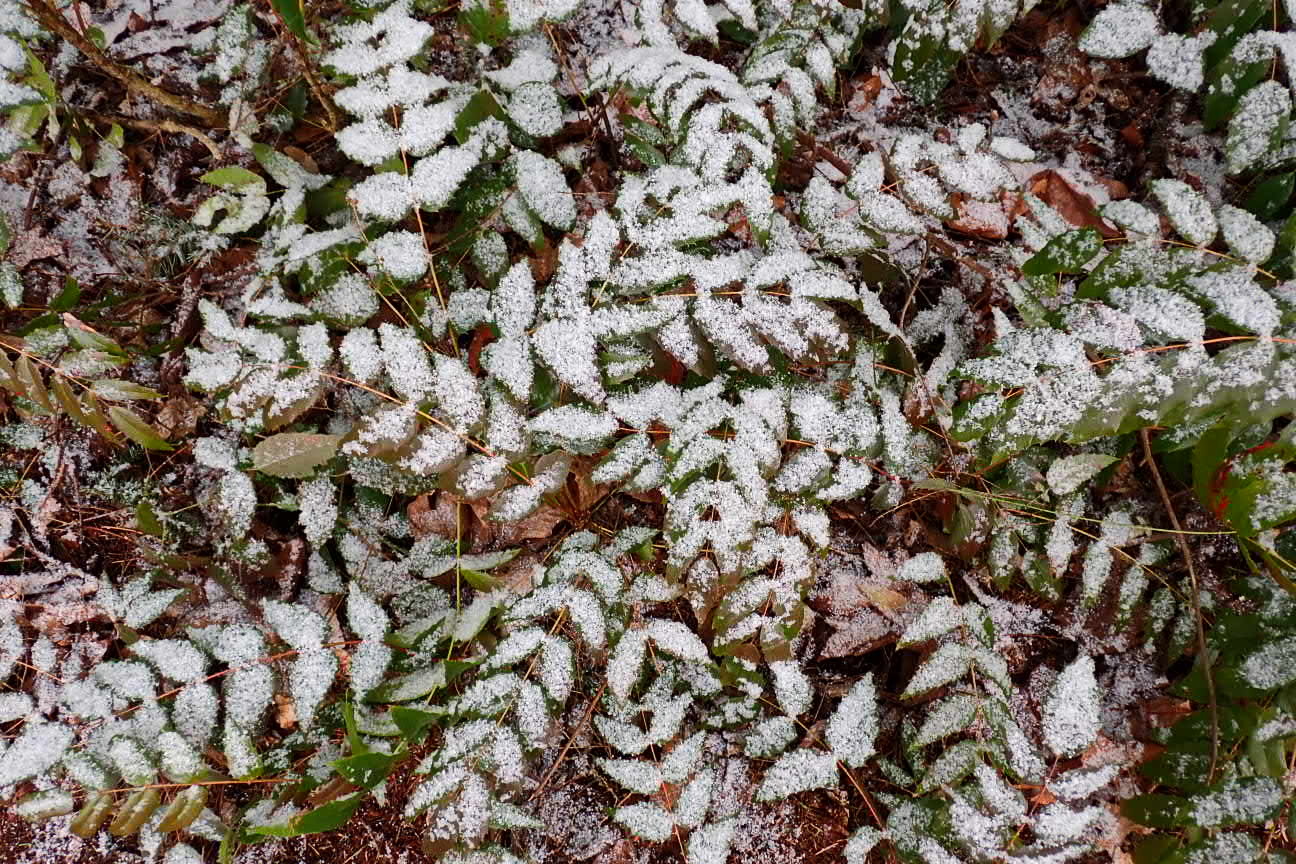
The Backyard Forest After Showers of Snow
My walks in Forest Park have been inspired by intermittent showers of snow over the last few days. The dustings of white brought out shapes and details that ordinarily would have been camouflaged by the uniform greens and umbers of the wet season. Below are photos of nine native plants from this snowy time.
-
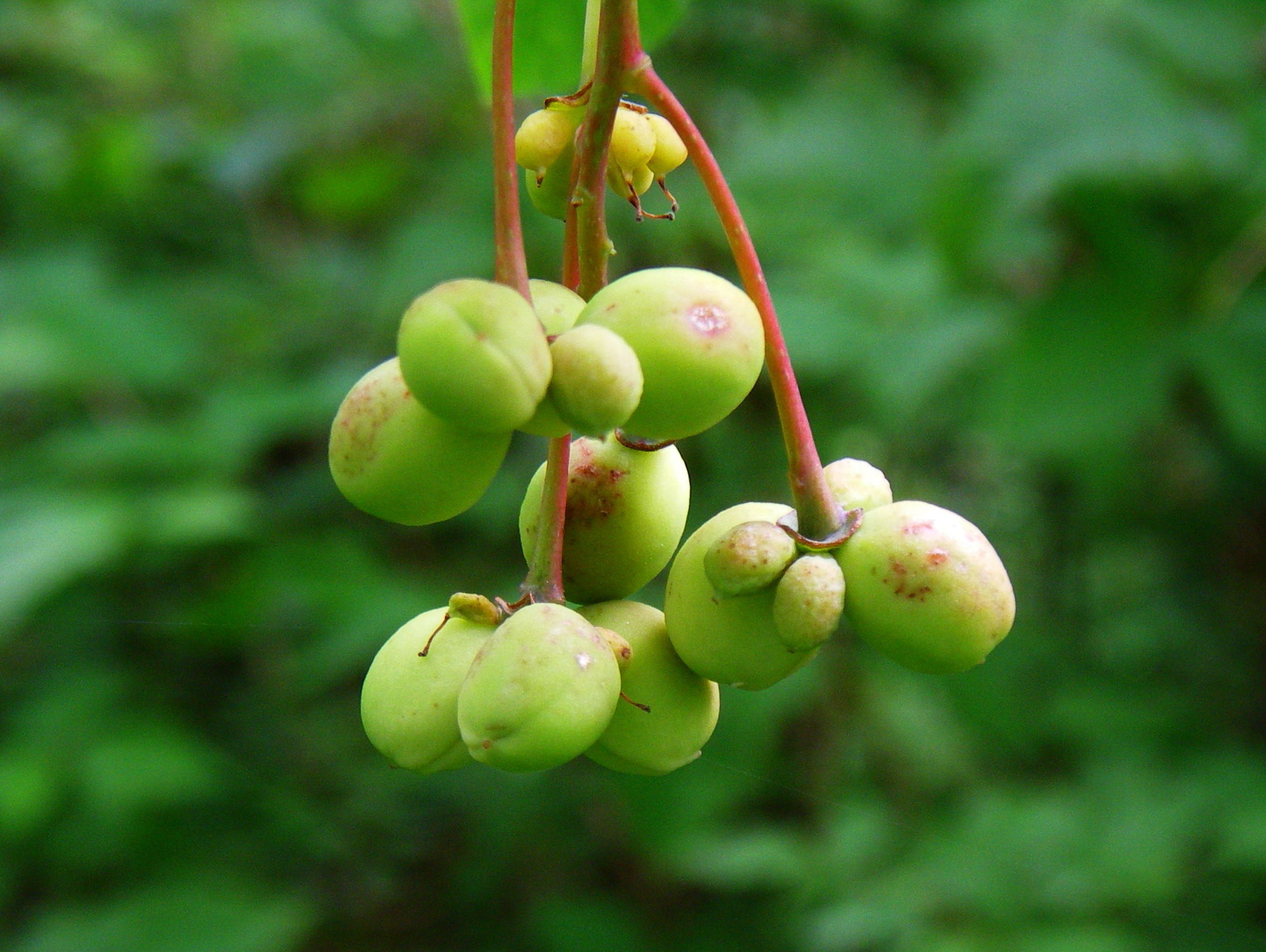
Augusta Oemler and the Osoberry
This blog began with a simple question — how did Osoberry get its scientific name, Oemleria cerasiformis? The species name made sense, Latin for “shaped like a cherry,” but how did the genus get named after an obscure German immigrant named Oemler? The answer, which I find very amusing, borders on the absurd for the…
-

Winter Forbs — Friends and Foes
Freezing weather in the Puget Lowlands does not typically last long enough to stop the growth of numerous forb species, both native and non-native. Earlier identification enables easier removal of undesirable forbs, and selective hand weeding in winter saves time in the spring when we would rather be planting. However, the key to early removal…
-
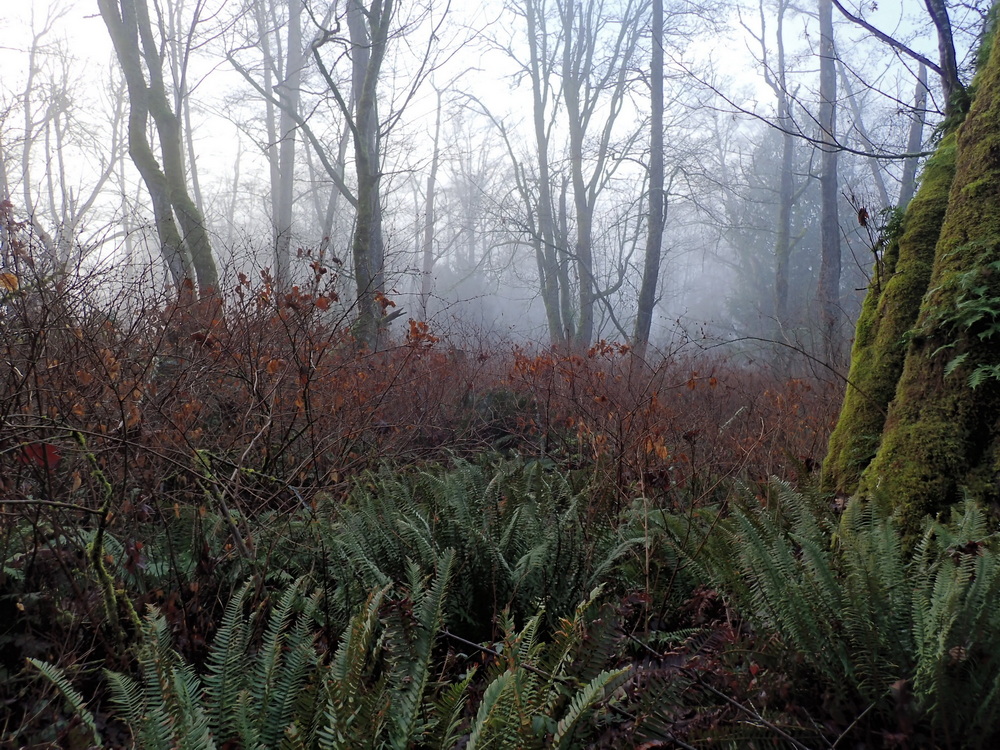
A Look at the Winter Woods
By mid-December, the deciduous trees and shrubs in the Puget Lowlands are mostly bare, and many of the views in the forests open up. But much too soon our short winter season will end. In a half-dozen weeks or so the buds will start breaking, and the forest will begin to close in around us…
-

Those Difficult-to-Tell-Apart Yews of the Puget Lowlands
This blog began with a photo of a Pacific yew that I posted here, on the Facebook group page of the Washington Native Plant Society. One of the group members who responded asked if I was positive that it was Taxus brevifolia and not Taxus baccata. I could not answer the question, so I did…
-
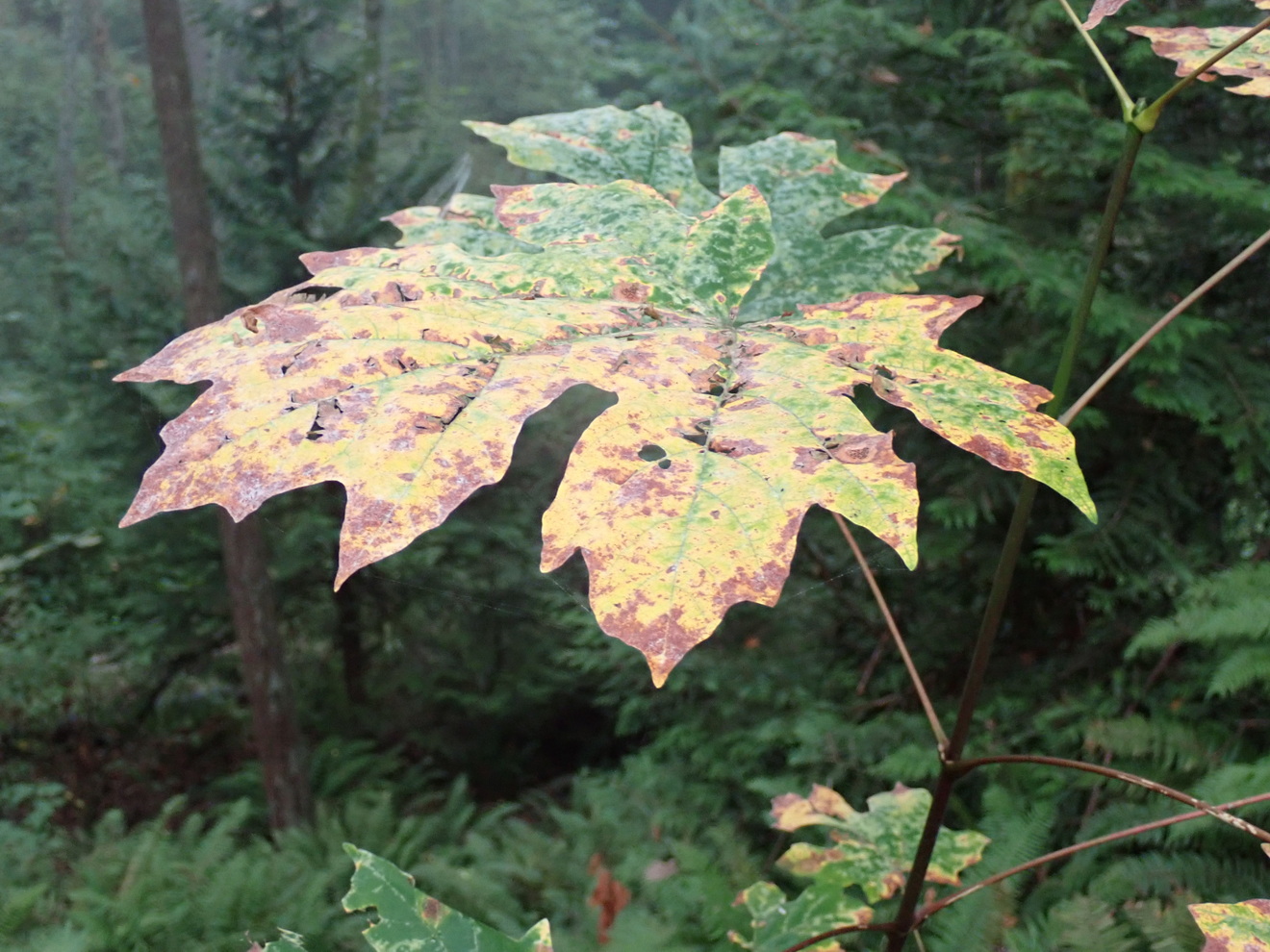
The Incredible Adaptations of Plants to Conserve Nutrients
Though the fall colors of leaf senescence in our native trees, shrubs, and other perennial plants may be less than spectacular visually, what the colors indicate is stunning — the incredible adaptations of plants to conserve nutrients through resorption.
-
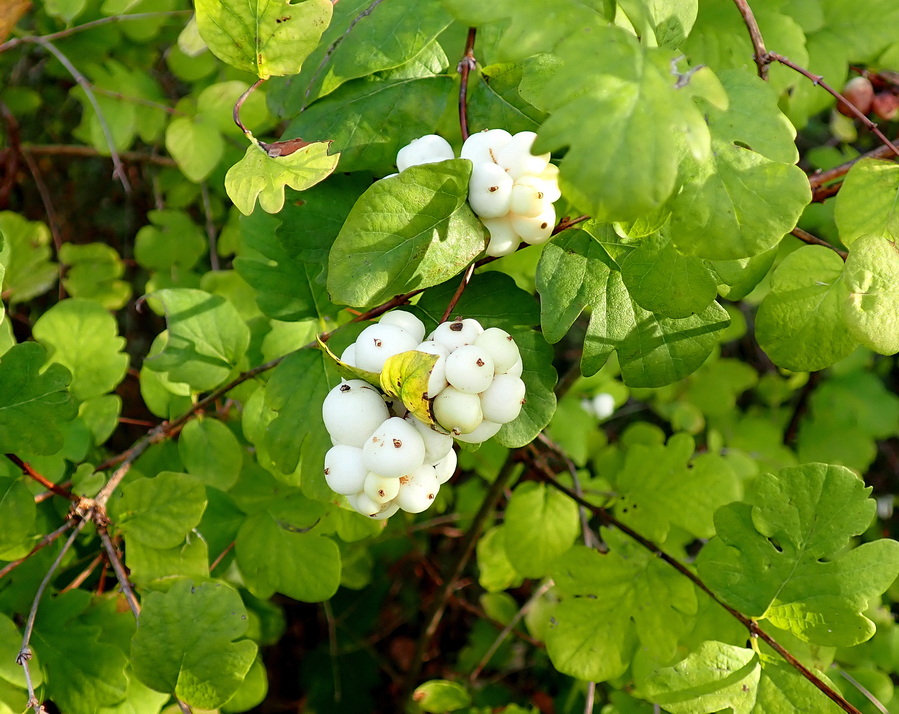
Snowberries and Roses in the Backyard Forest
As the leaves begin to turn, the hard, waxy fruits of fall catch my eye, including the bright red rosehips and the contrasting white snowberries.
-
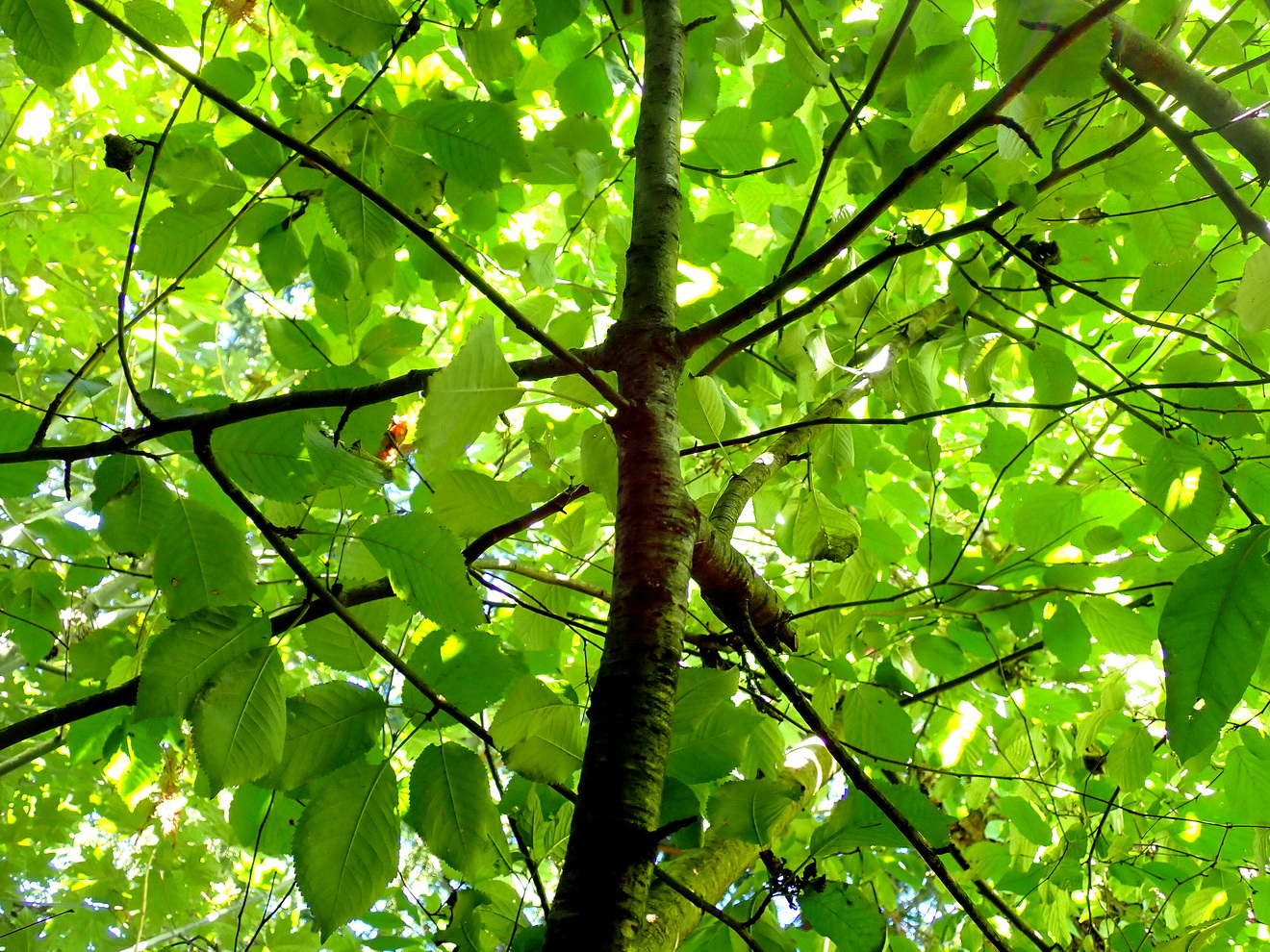
Why I Cut Down the Cherry Tree
Last summer, I noticed a cherry tree growing in the backyard forest. Since it had come up wild, I thought it might be the Pacific Northwest native Bitter cherry, Prunus emarginata. But after some help from Arthur Lee Jacobson on two of his excellent plant tours, I concluded it was the naturalized non-native Mazzard cherry,…
-
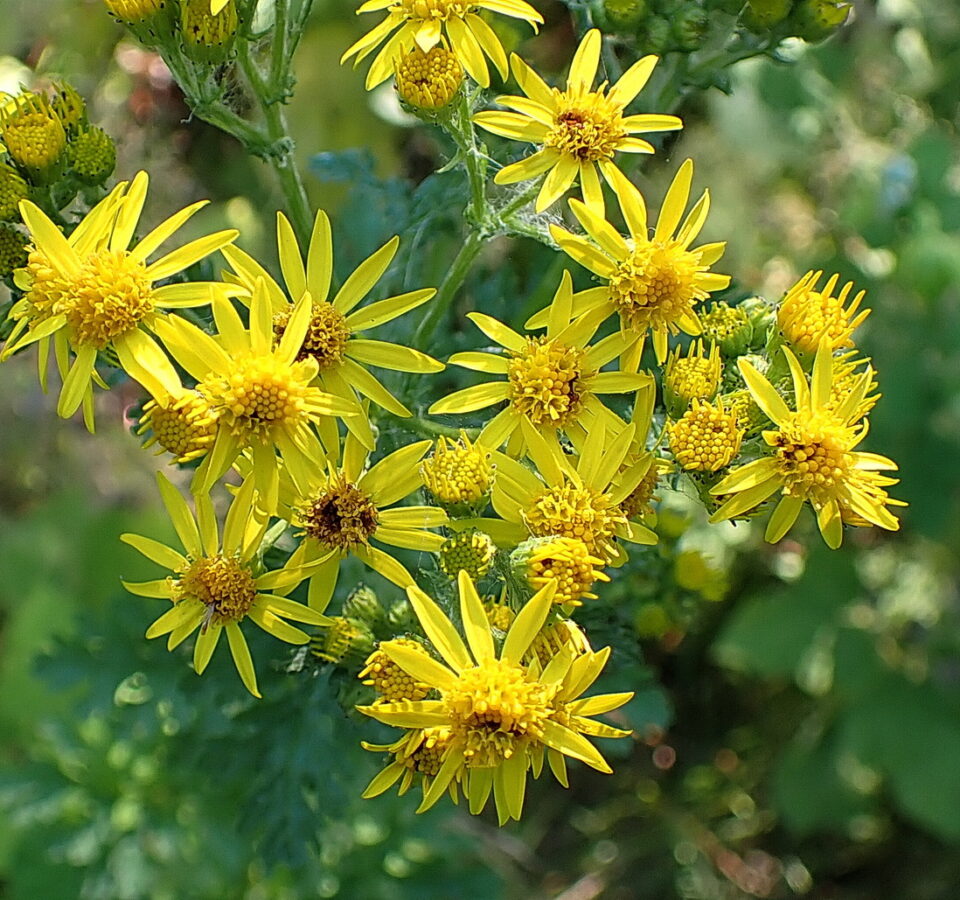
Noxious Weeds and Native Plant Berries
As July winds down in the Puget Lowlands, there is good news and bad news. The berries are ripening on the native plants, but many of the flowers blooming are noxious weeds.
-

Ten Flowers of May in the Pacific Northwest
Like the return of migrant birds, the flowering of native plants in spring reassures me that the circle of life is going to keep on rolling. In this post I look at ten flowers of May in the Pacific Northwest.
-
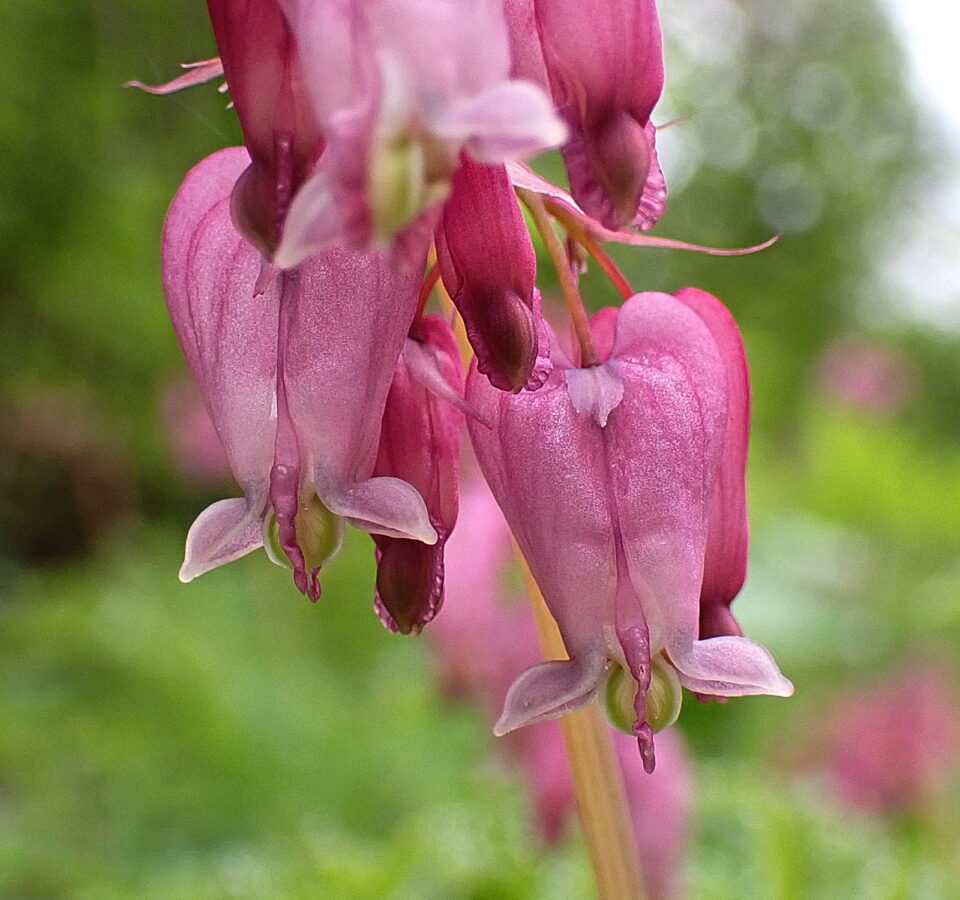
April Flowers and Singing Birds in Everett’s Forest Park
While you wander the forest paths admiring the native flowers this April, don’t forget to listen for birds — the year-round residents, the newly-arrived summer-only residents, the soon-to-leave winter-only residents, and the migrants just passing through – they’re all singing in April.
-
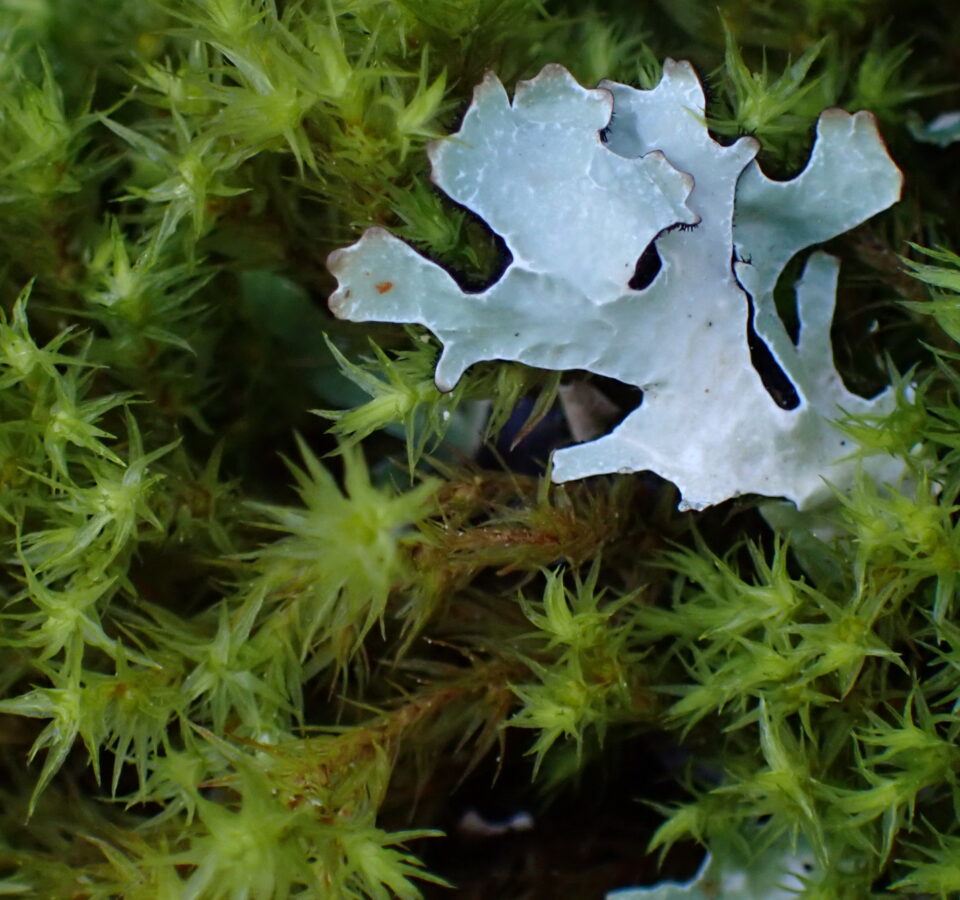
Which Evolved First, Lichens or Mosses?
Which evolved first, lichens or mosses?
-
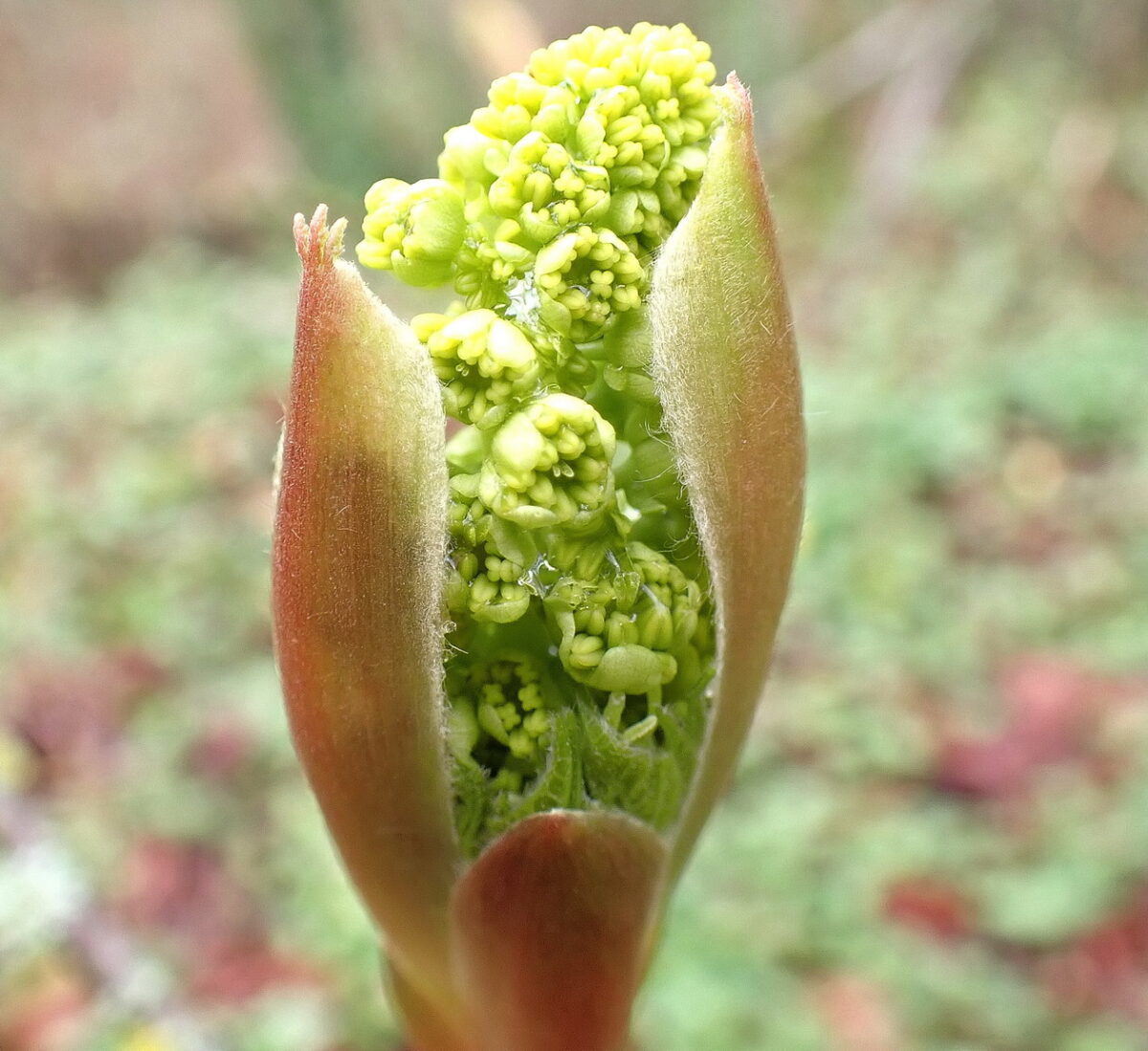
Bud Break
I learned recently (here) that changes in daylight hours determine when buds set and dormancy begins in winter, but temperature is the main factor in determining when the buds break in spring and leaves unfurl. A close look at Red Huckleberry (Vaccinium parvifolium) reveals that the white features on the stems are not flowers but…
-

Spring Begins in Forest Park
Inspired by several blogs I follow (“In the Company of Rocks and Plants,” “Tuesdays in the Tallgrass,” and “The Prairie Ecologist”), I’m venturing into the realm of the photo essay.
-
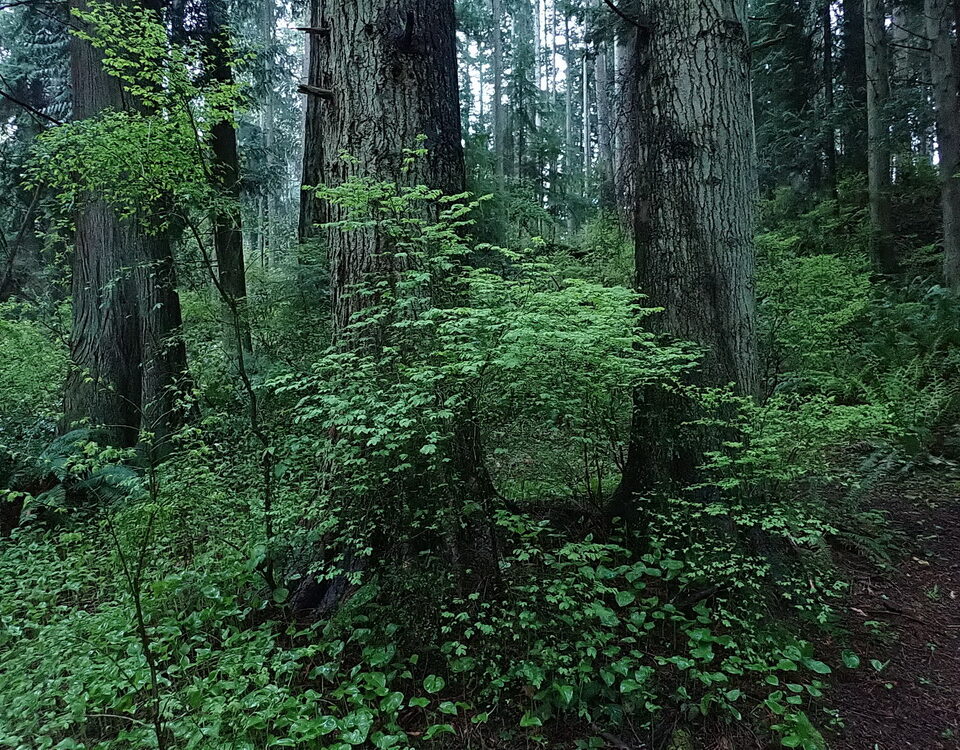
Legacy Forests in the Puget Lowlands
If your backyard forest was last logged over 75 years ago, it may be a “legacy” forest.
-
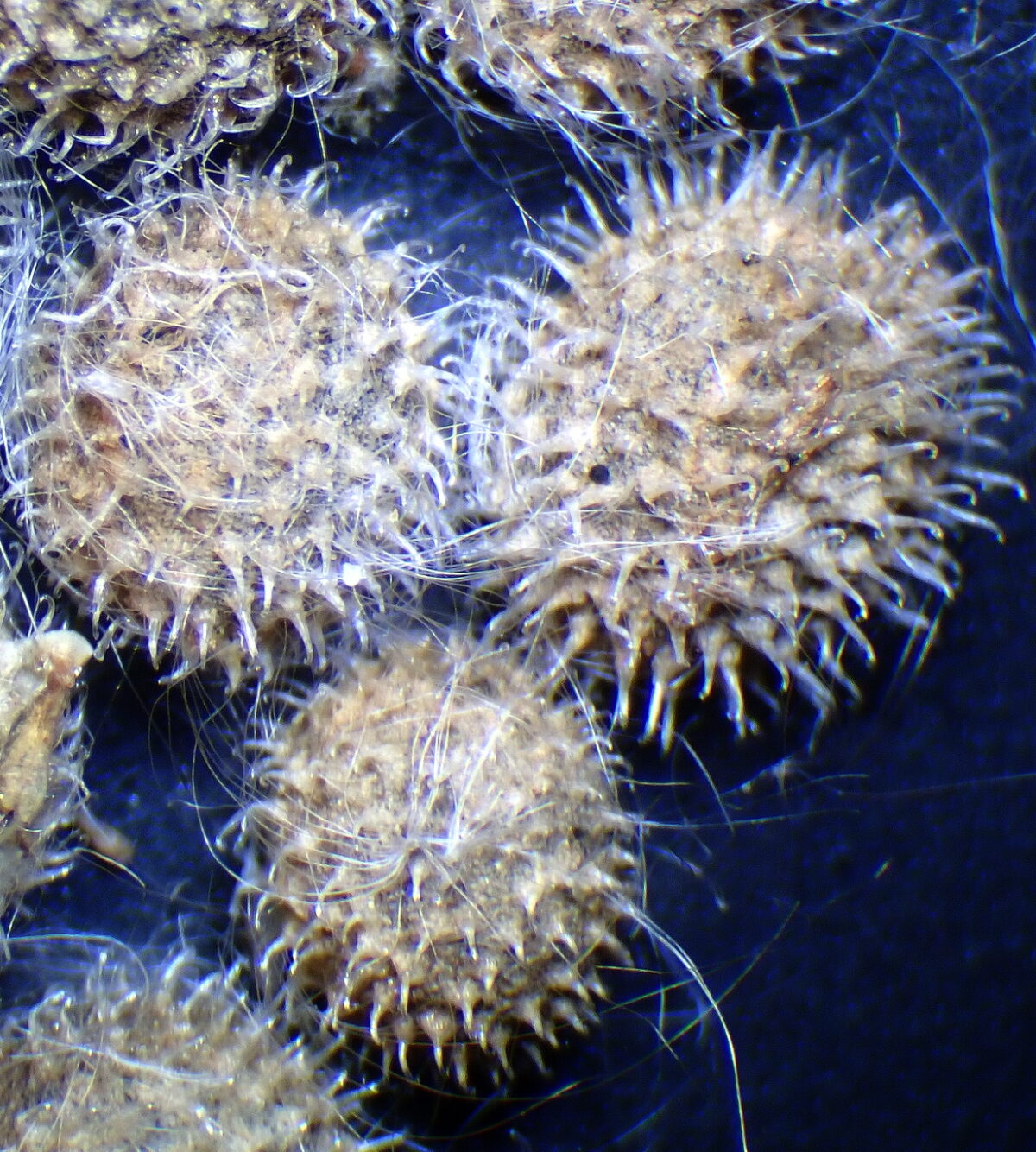
The Seeds of September
By September, virtually all of the native plants in the Puget Lowlands that spread by seed have gone to seed. In this blog I take a closer look at eight of them arranged by their means of seed dispersal. In recent weeks I took some pictures in the field and under a microscope at home.…
-
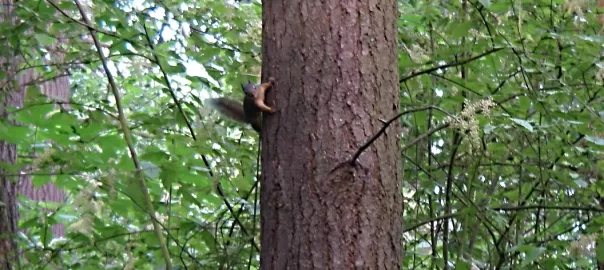
The Future of the Mature Douglas Fir Trees in Forest Park
In this blog I look at some of the recent research on how trees have been responding to the decreased moisture levels and higher temperatures associated with climate change.
-

Baneberry, Hedge Nettle, and Hedge Mustard
The Amazing Ability of Plants to Spread Far and Wide
